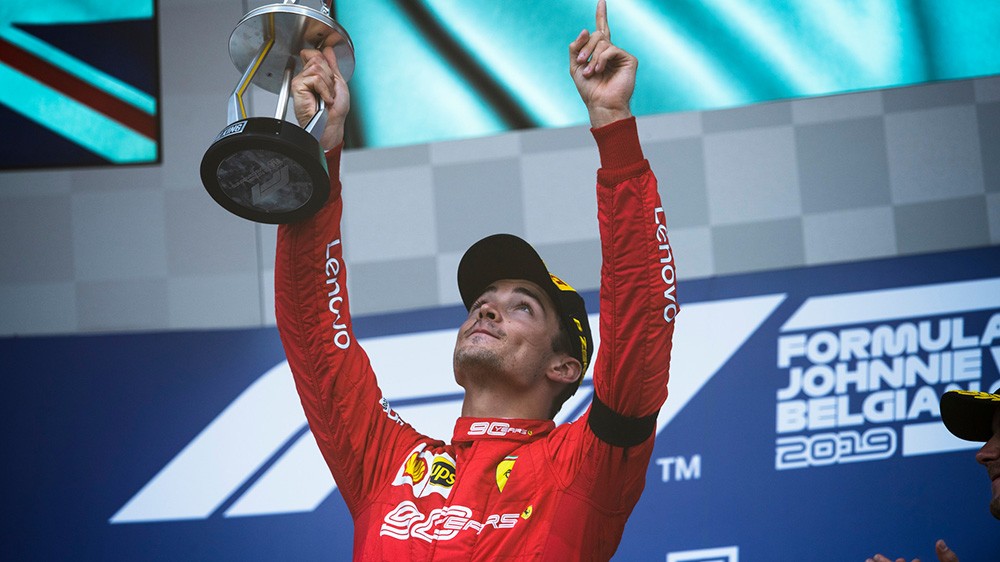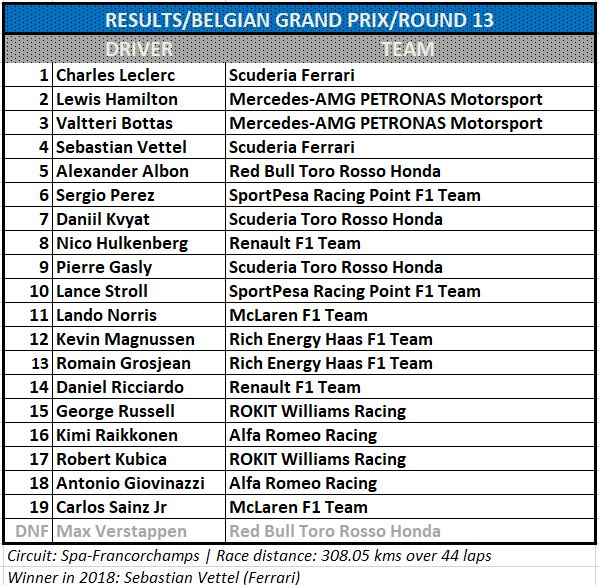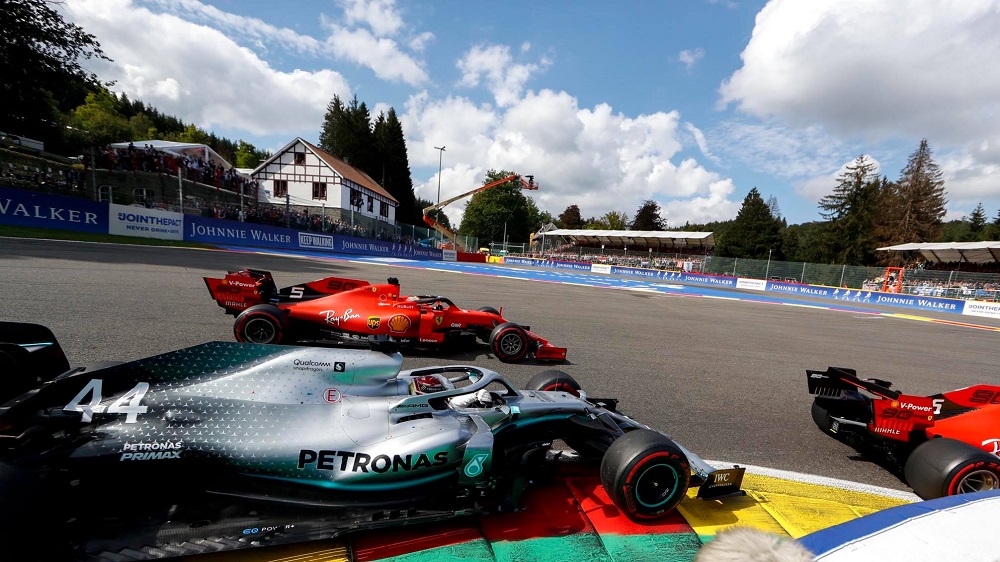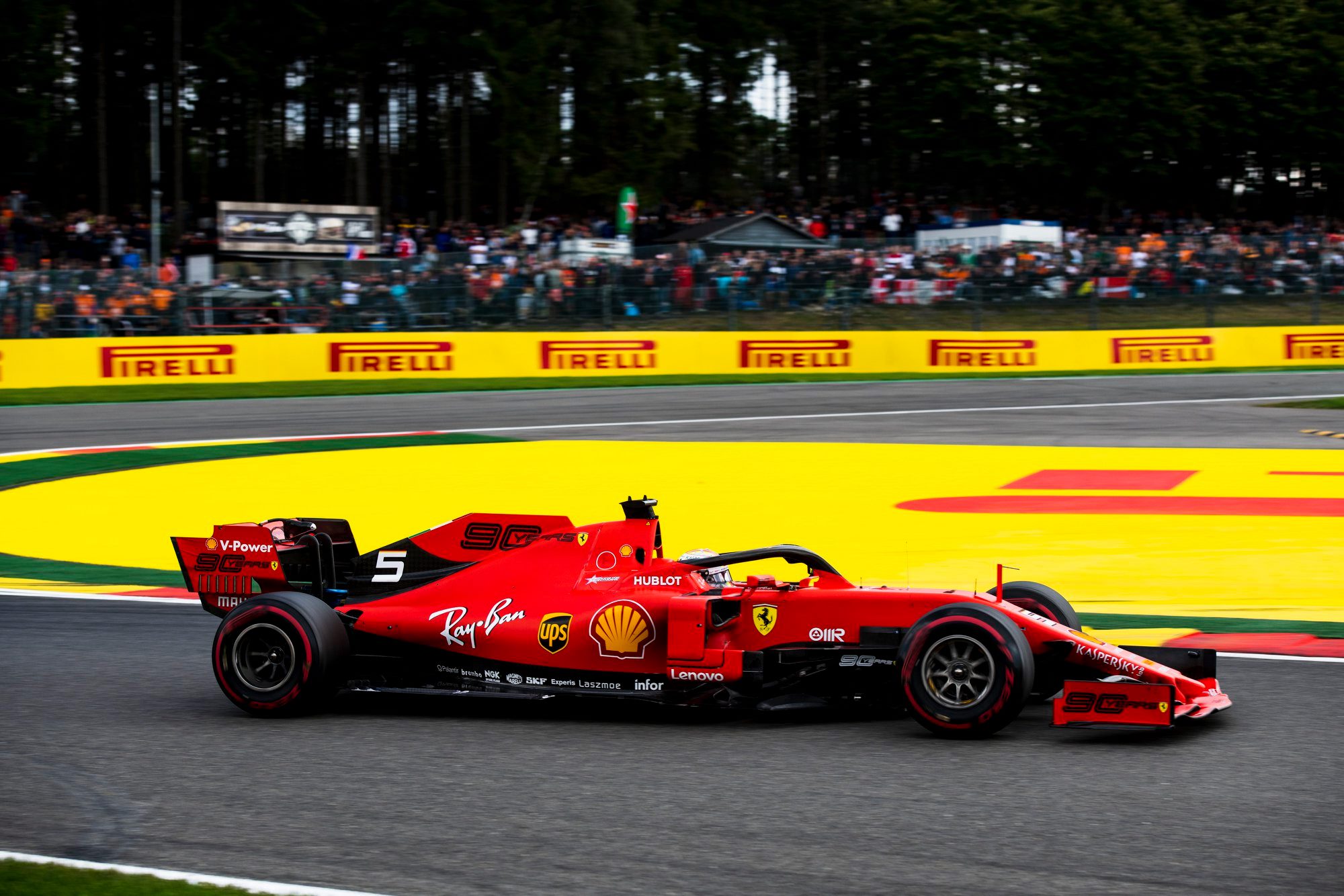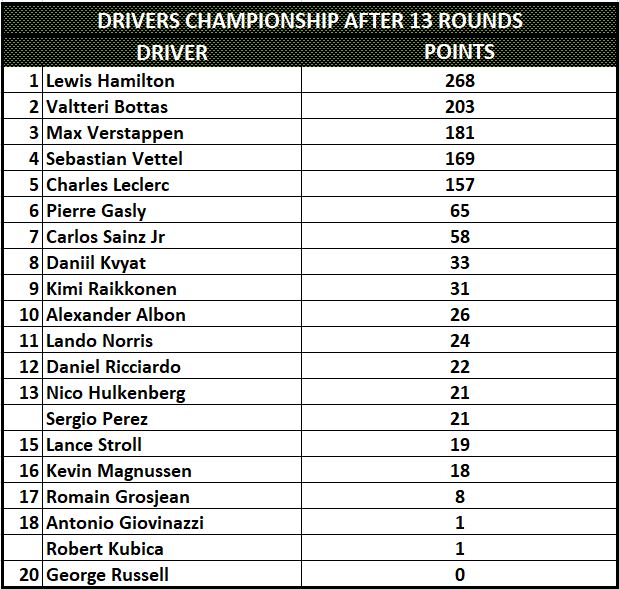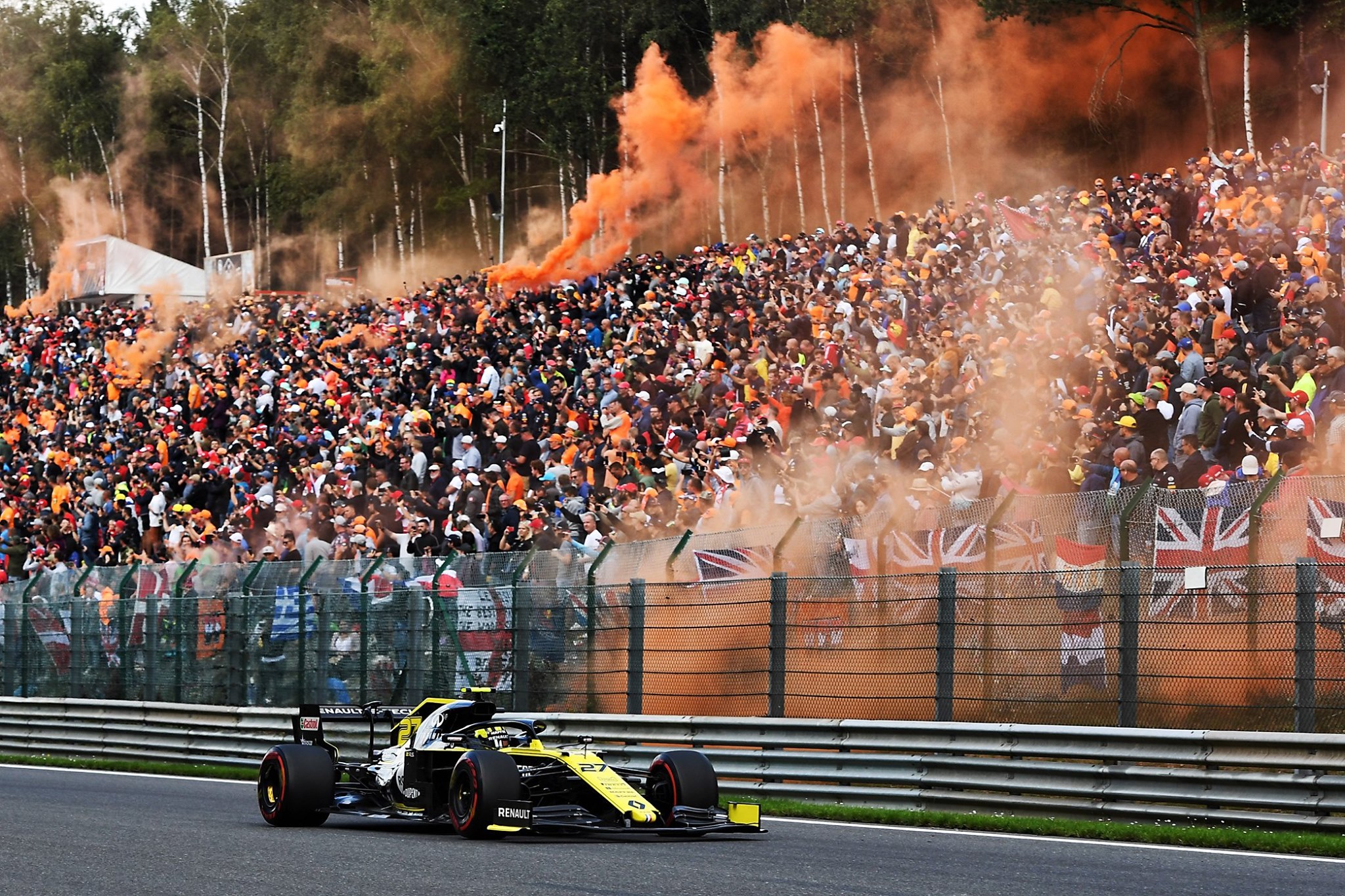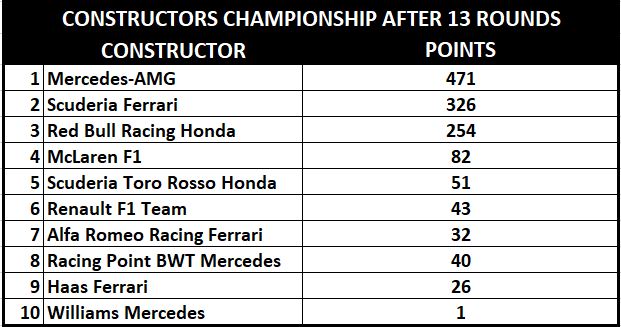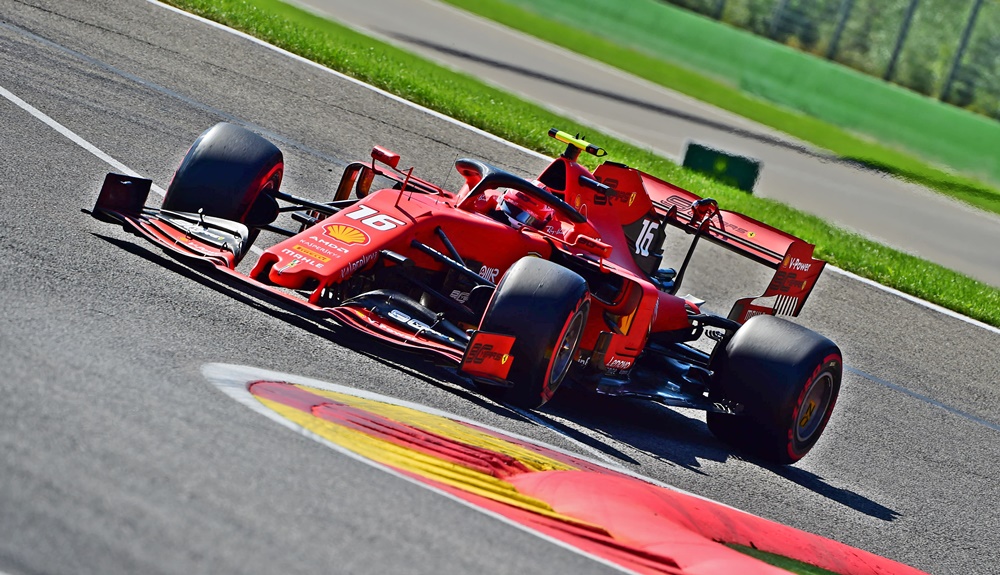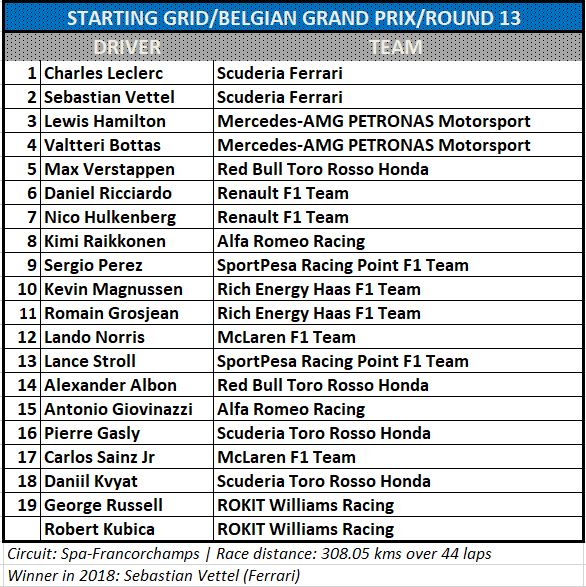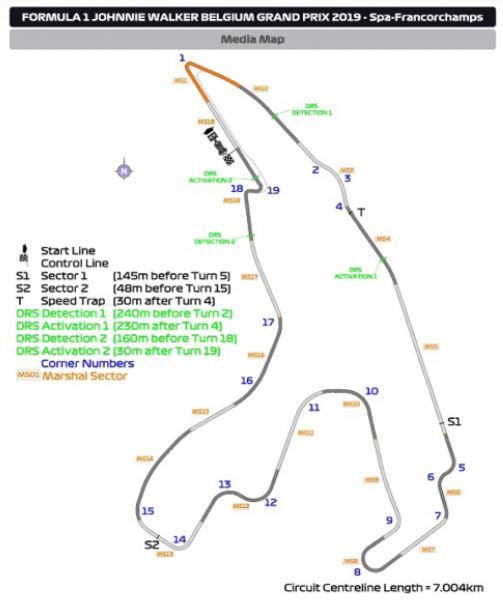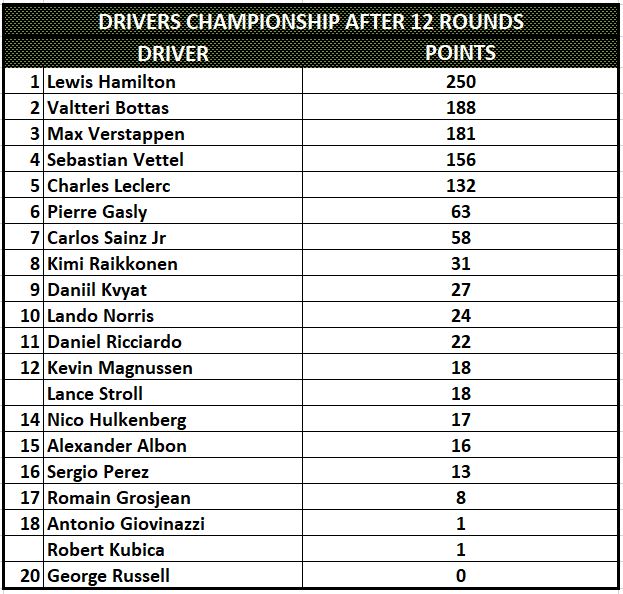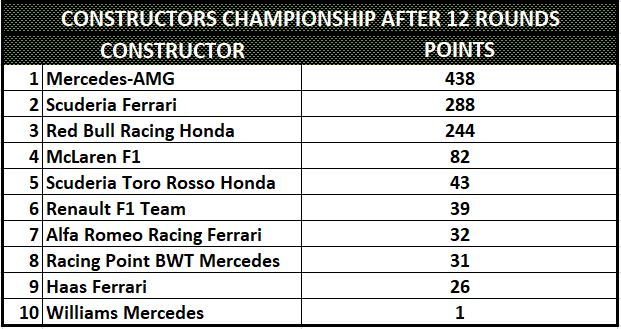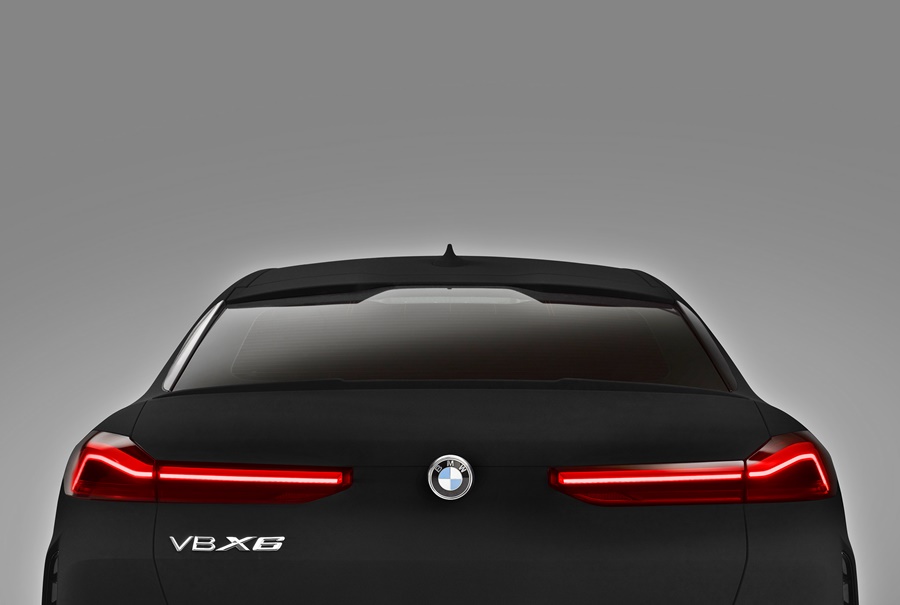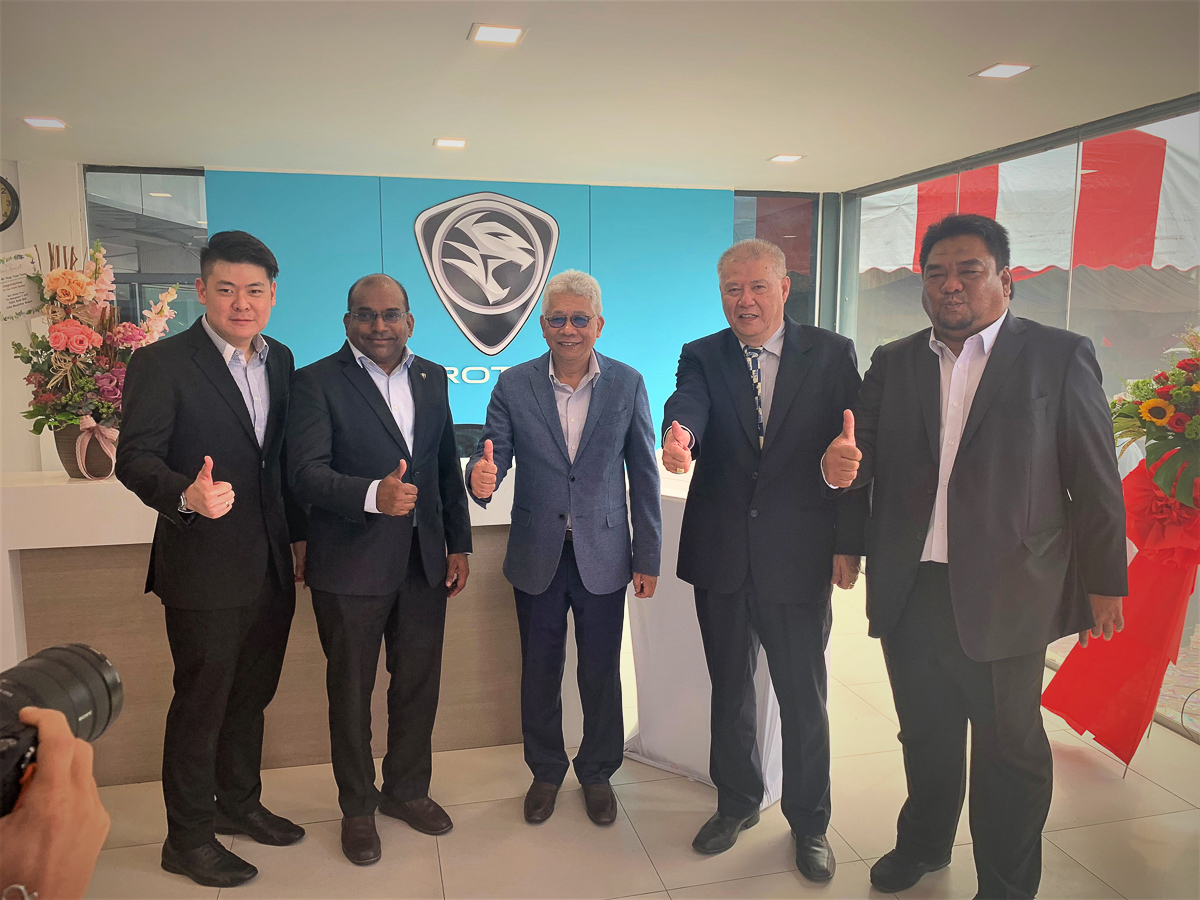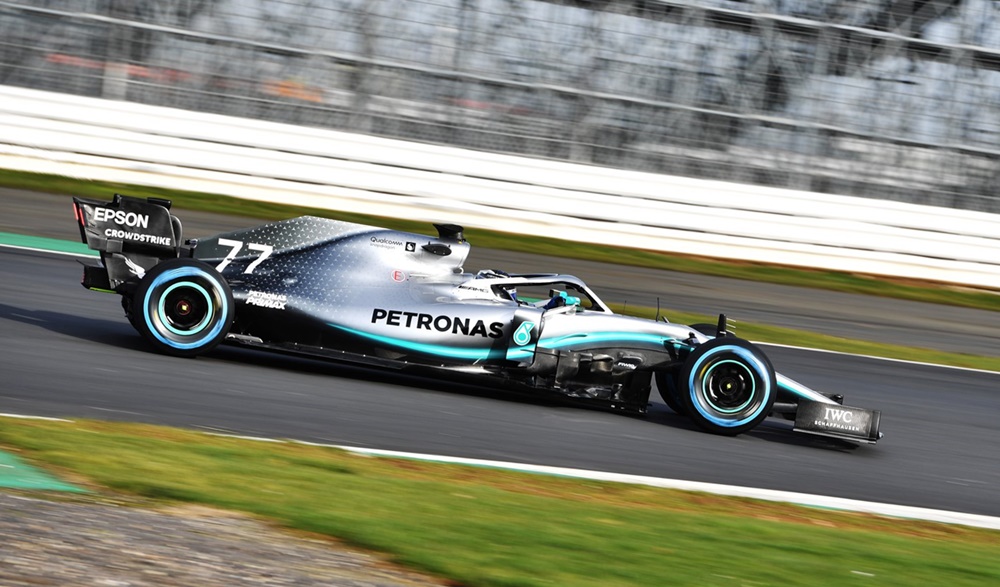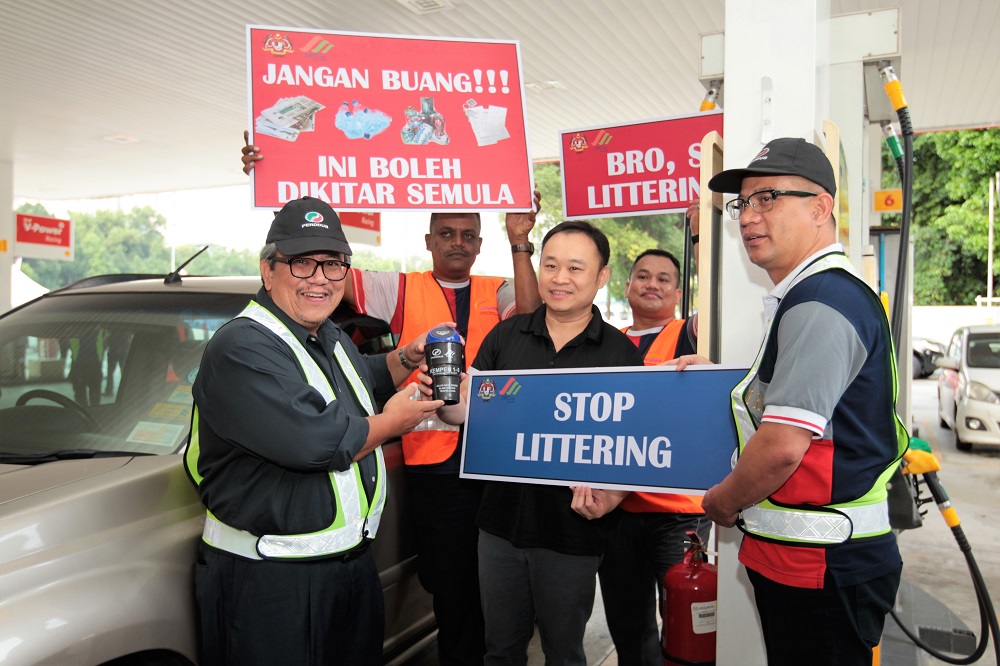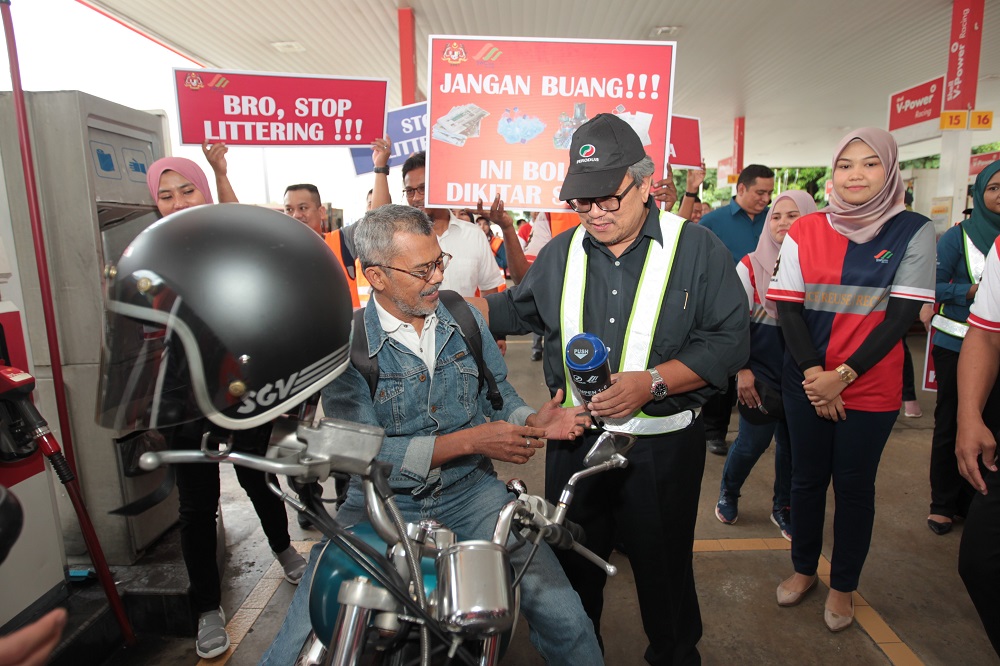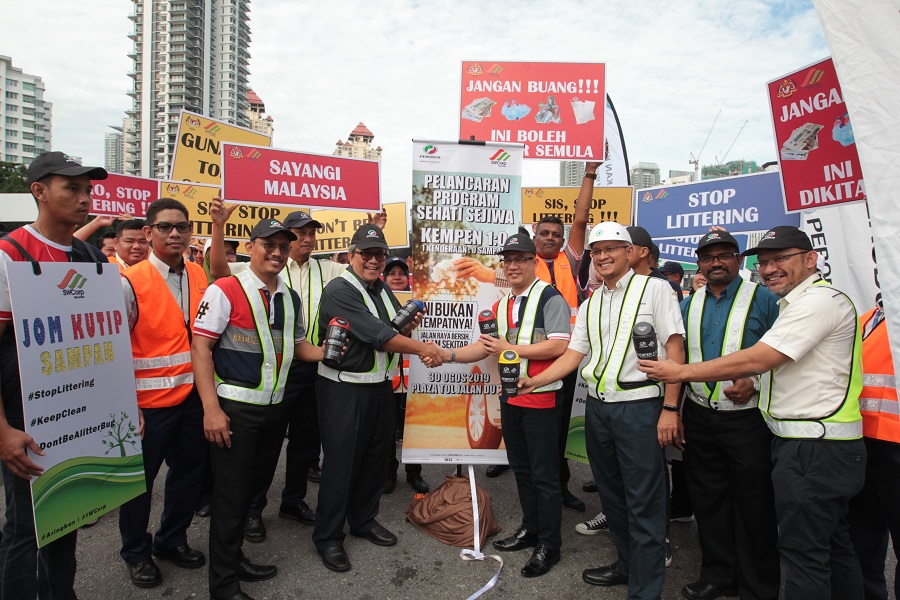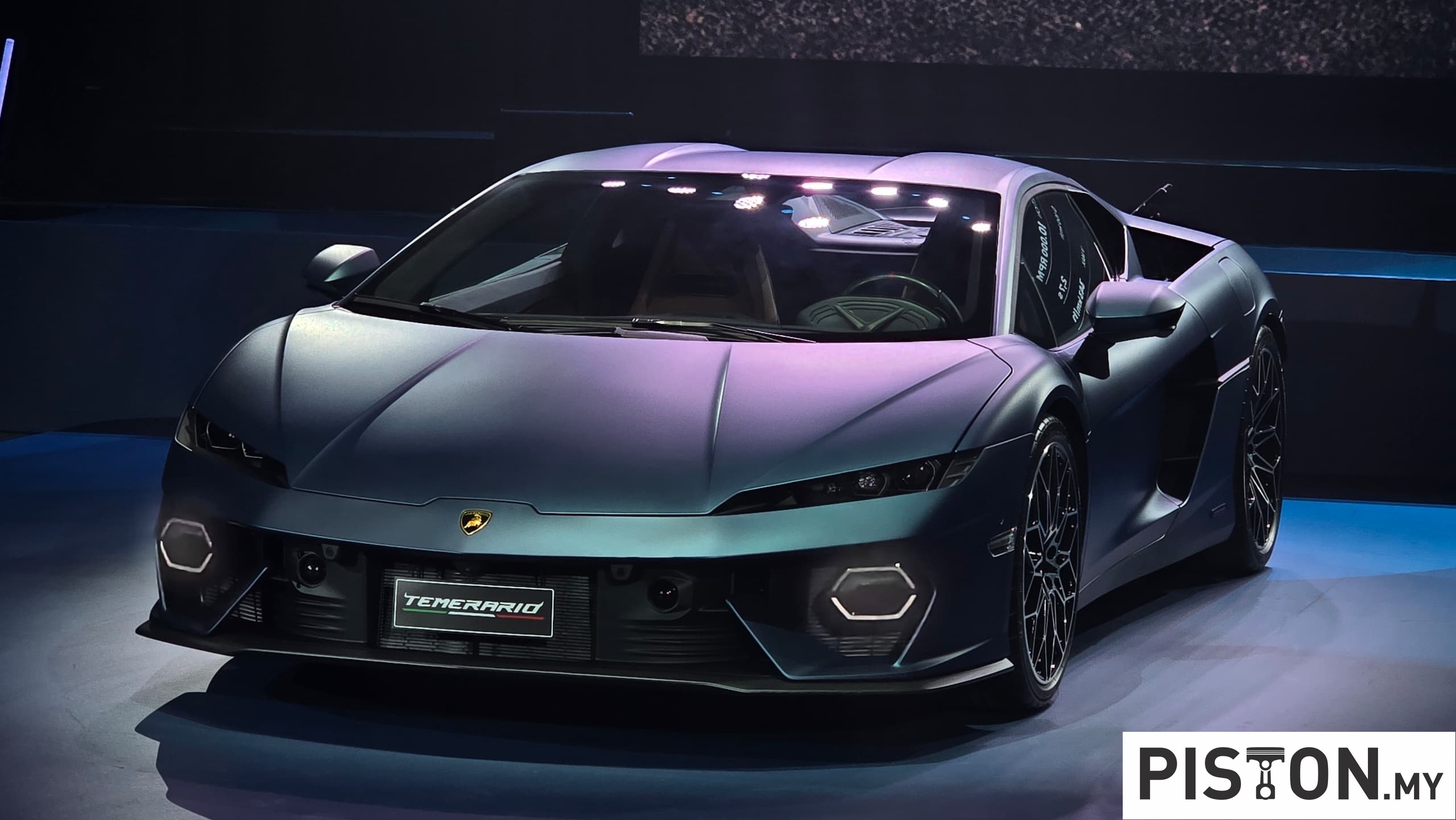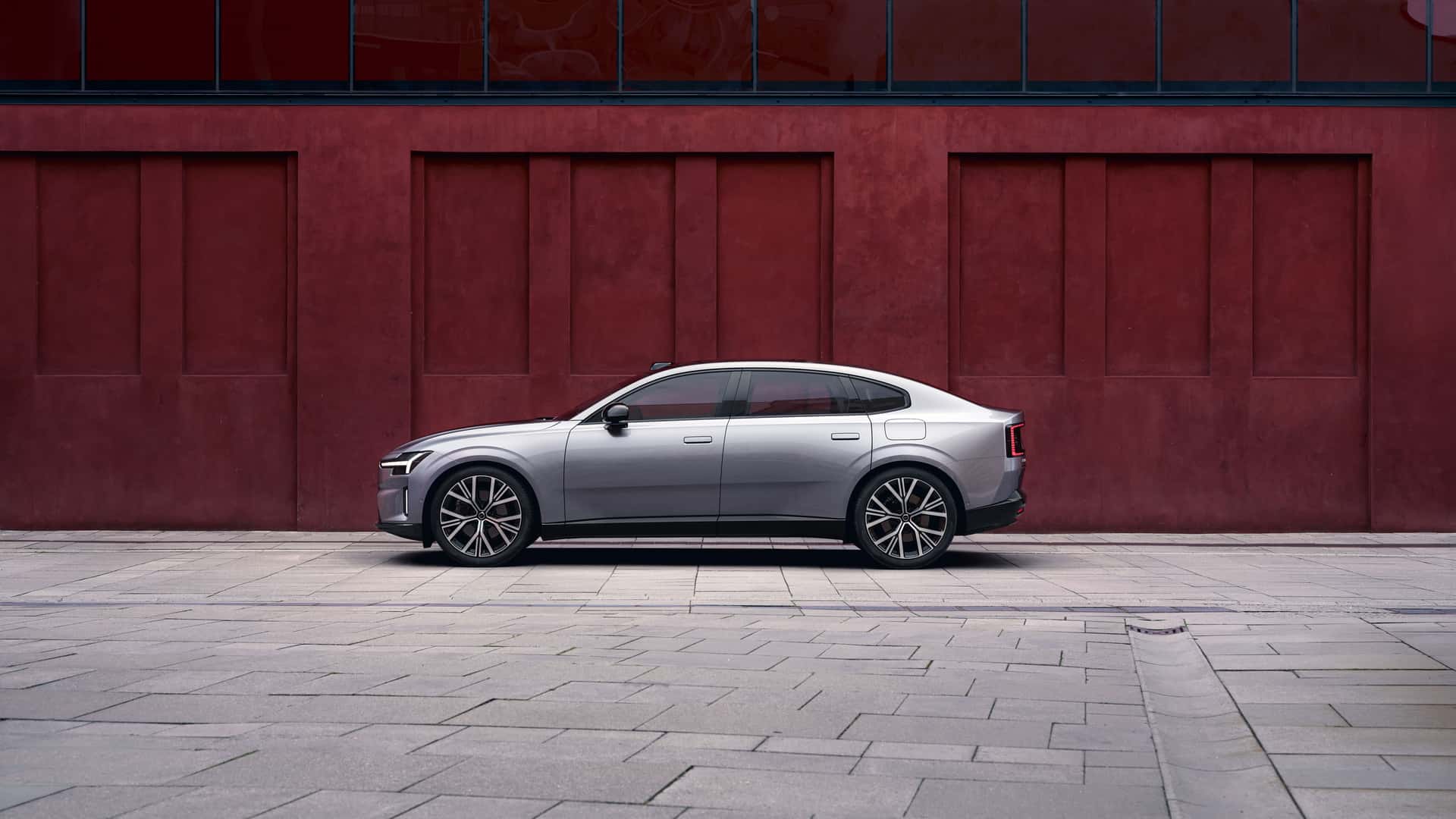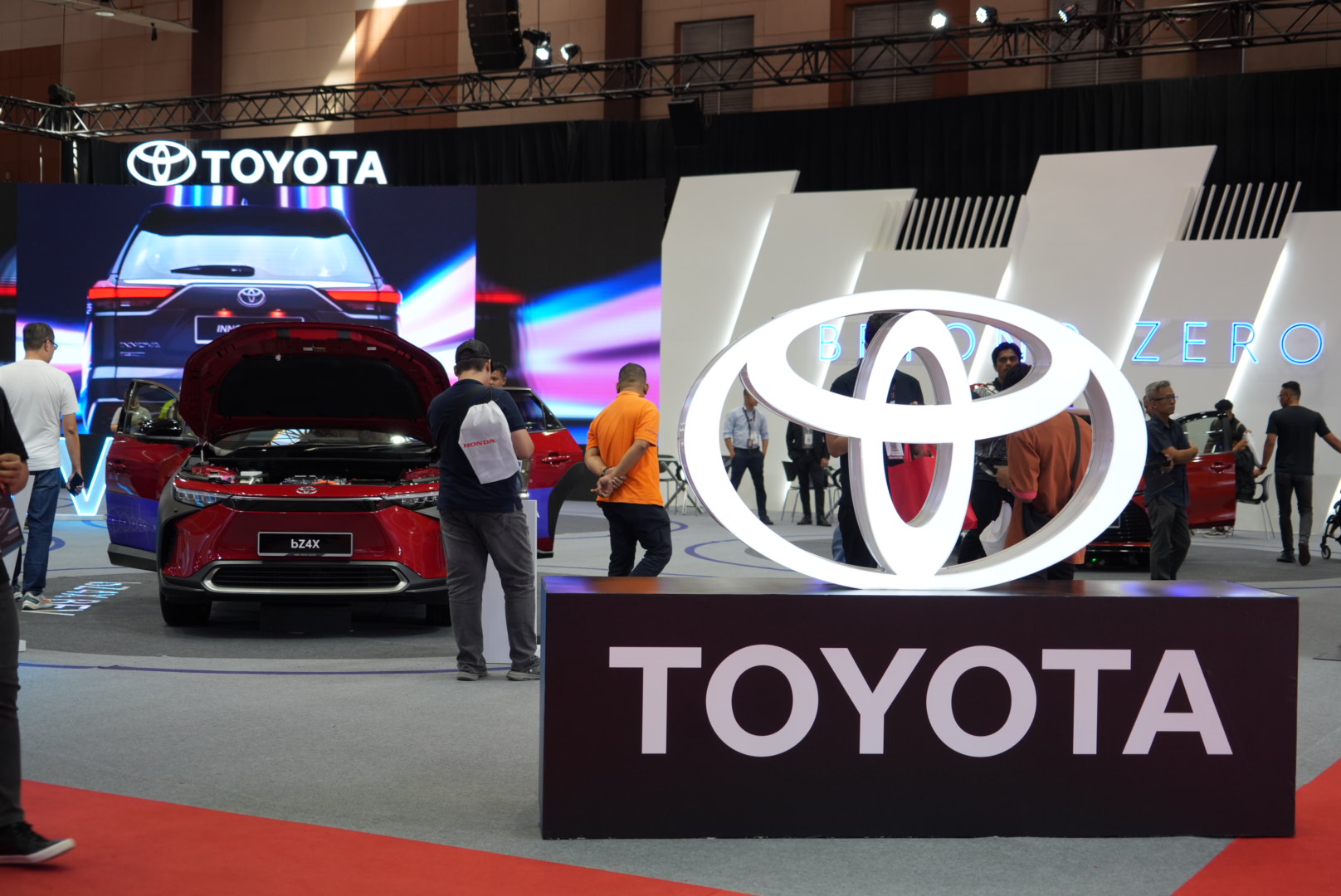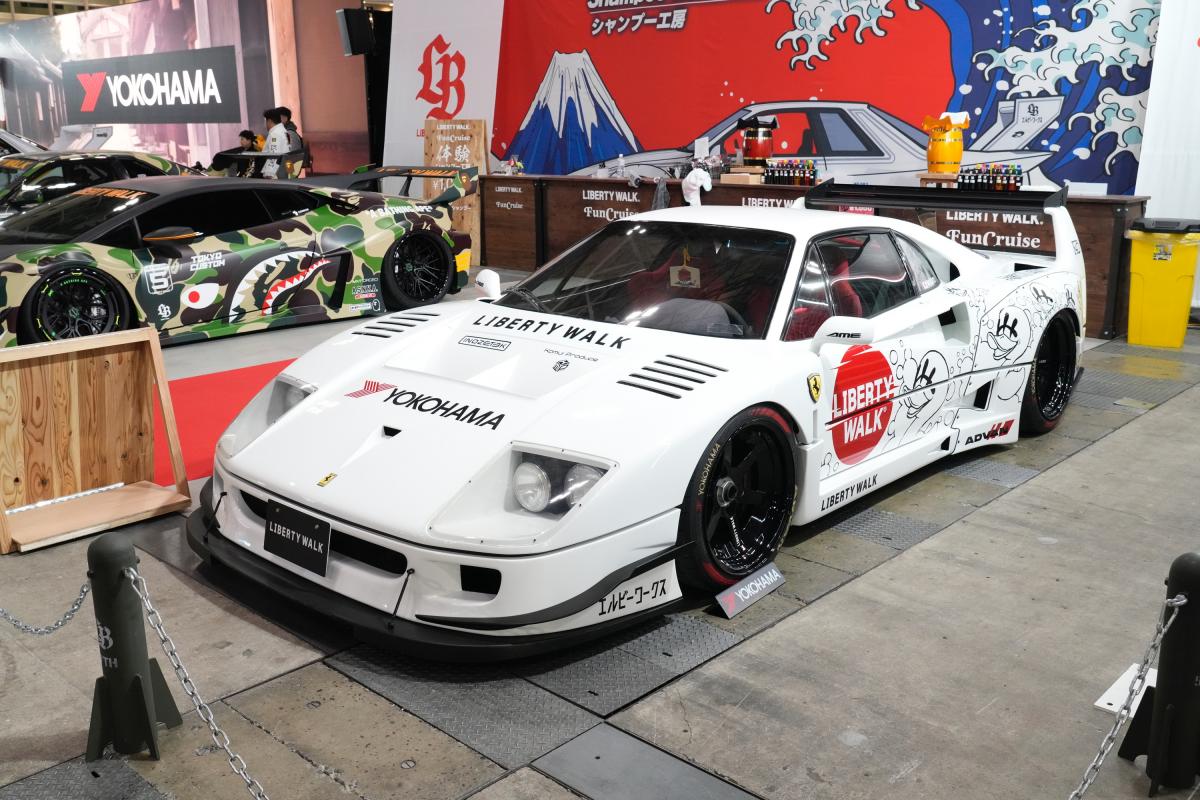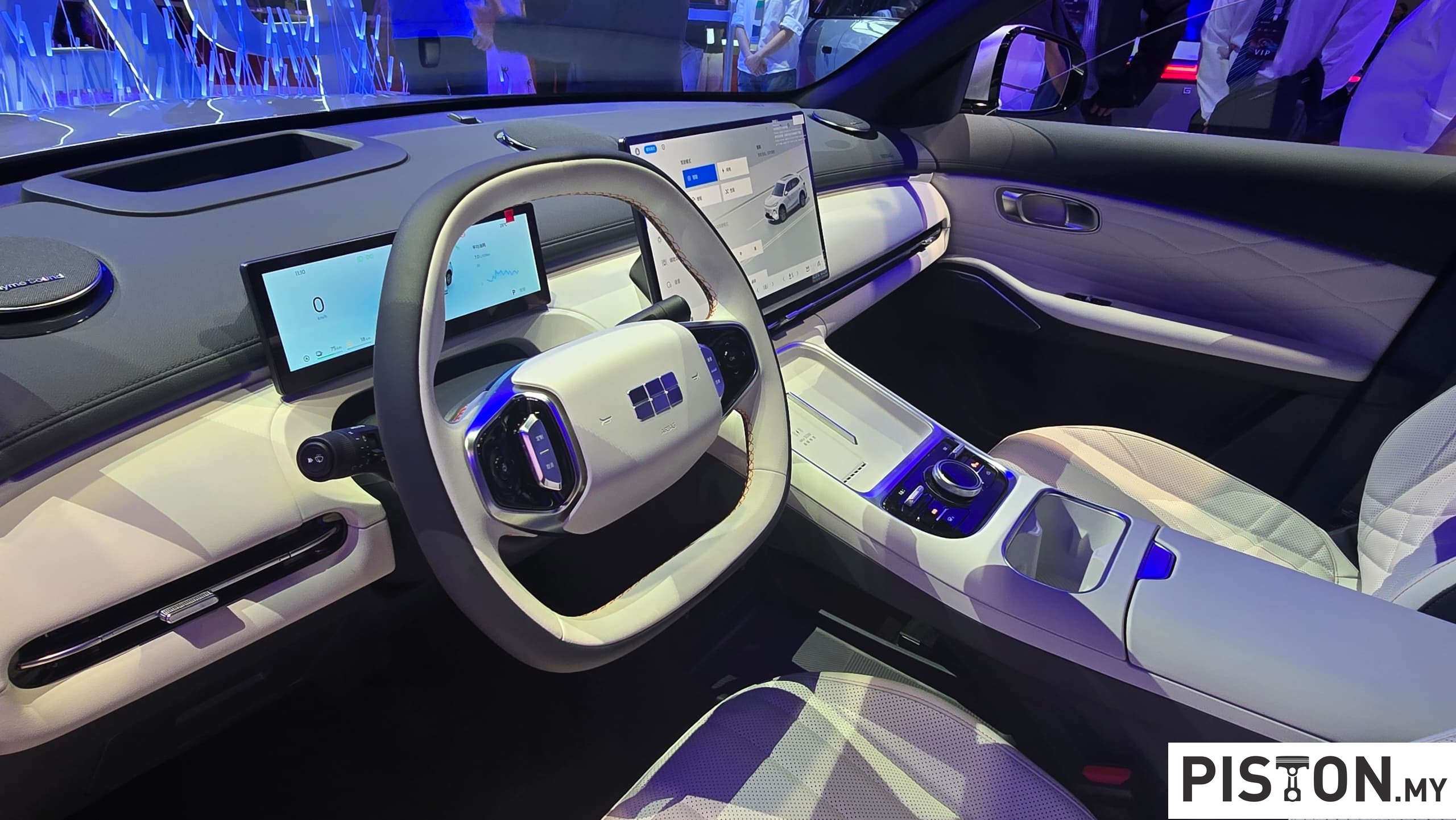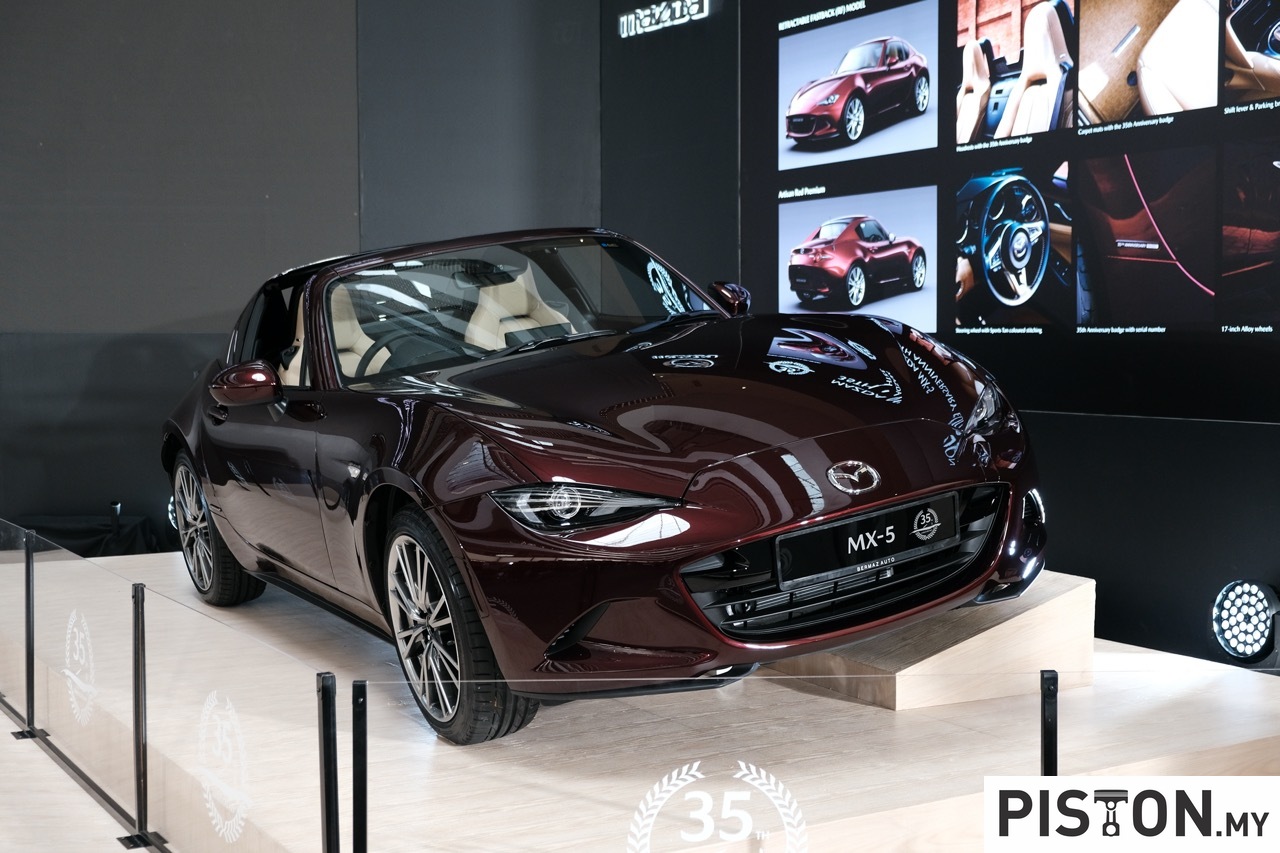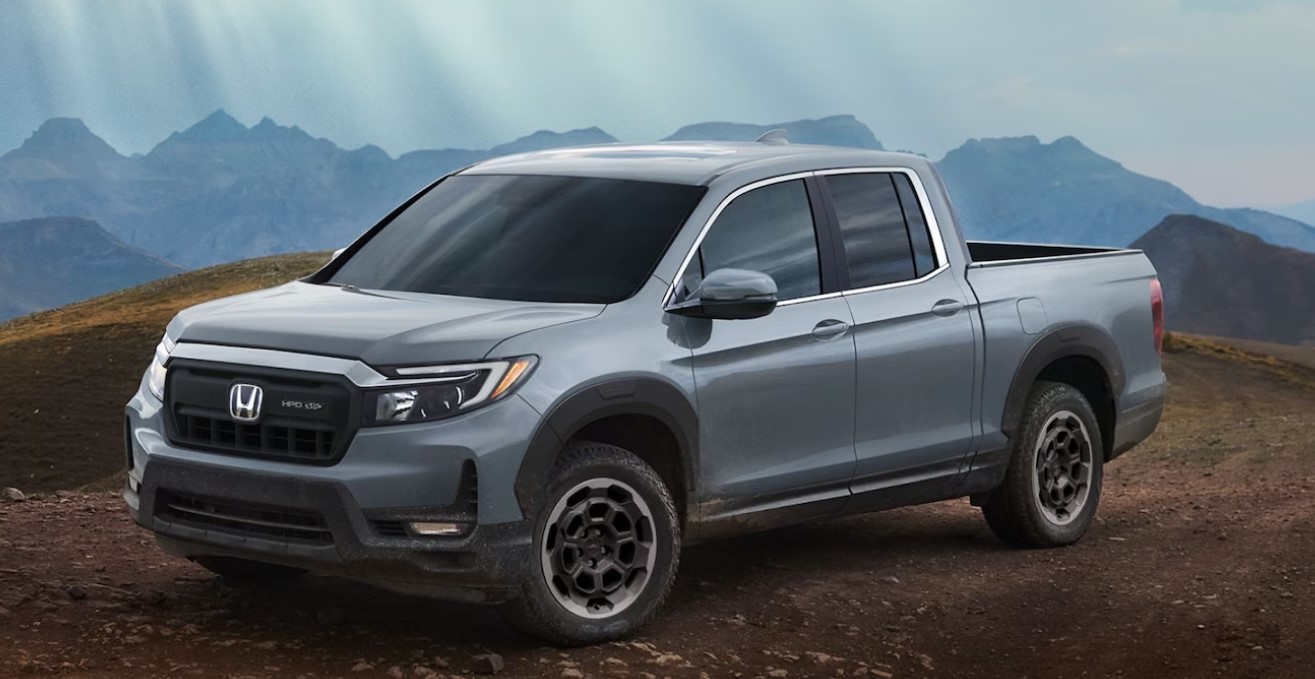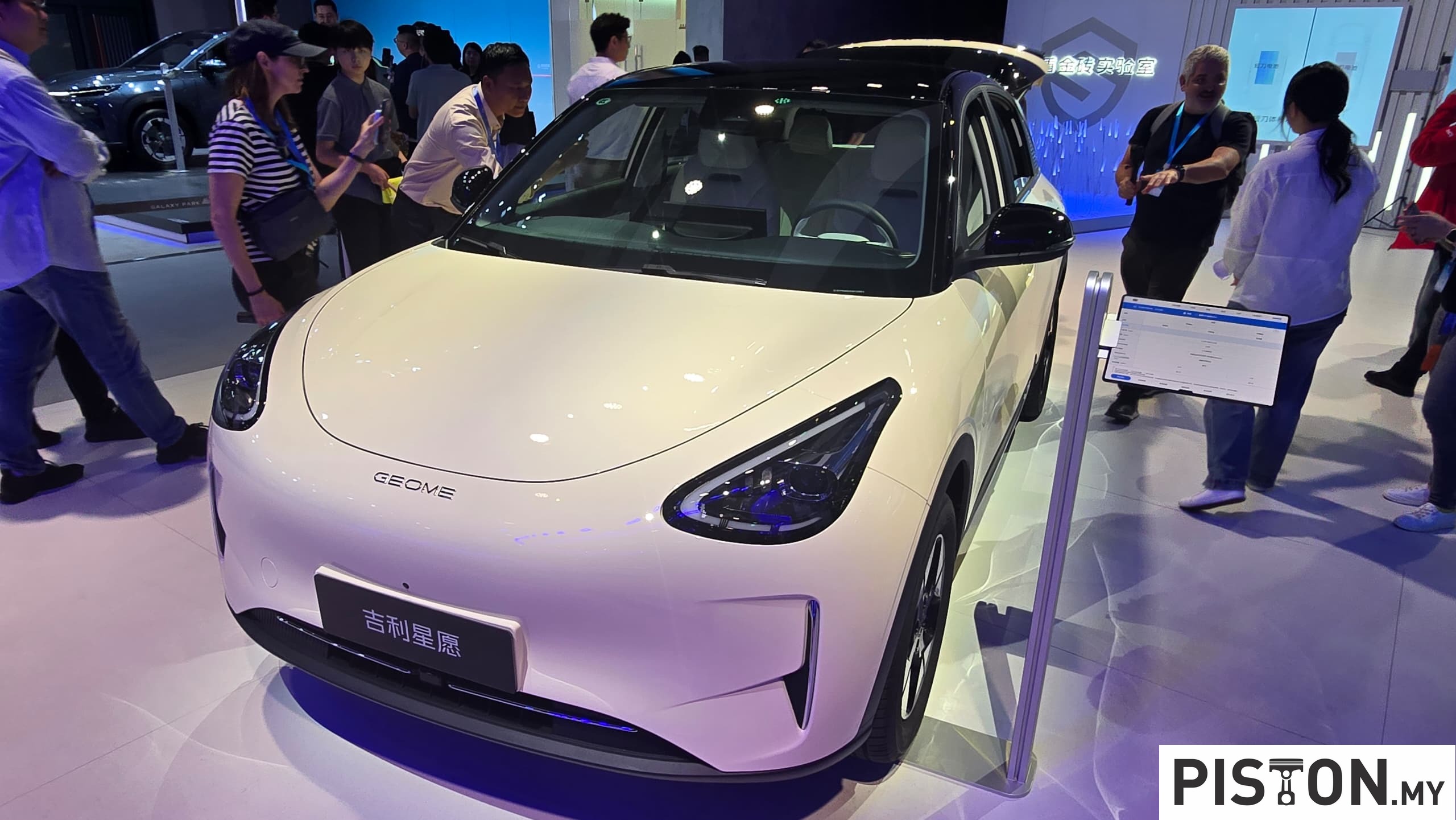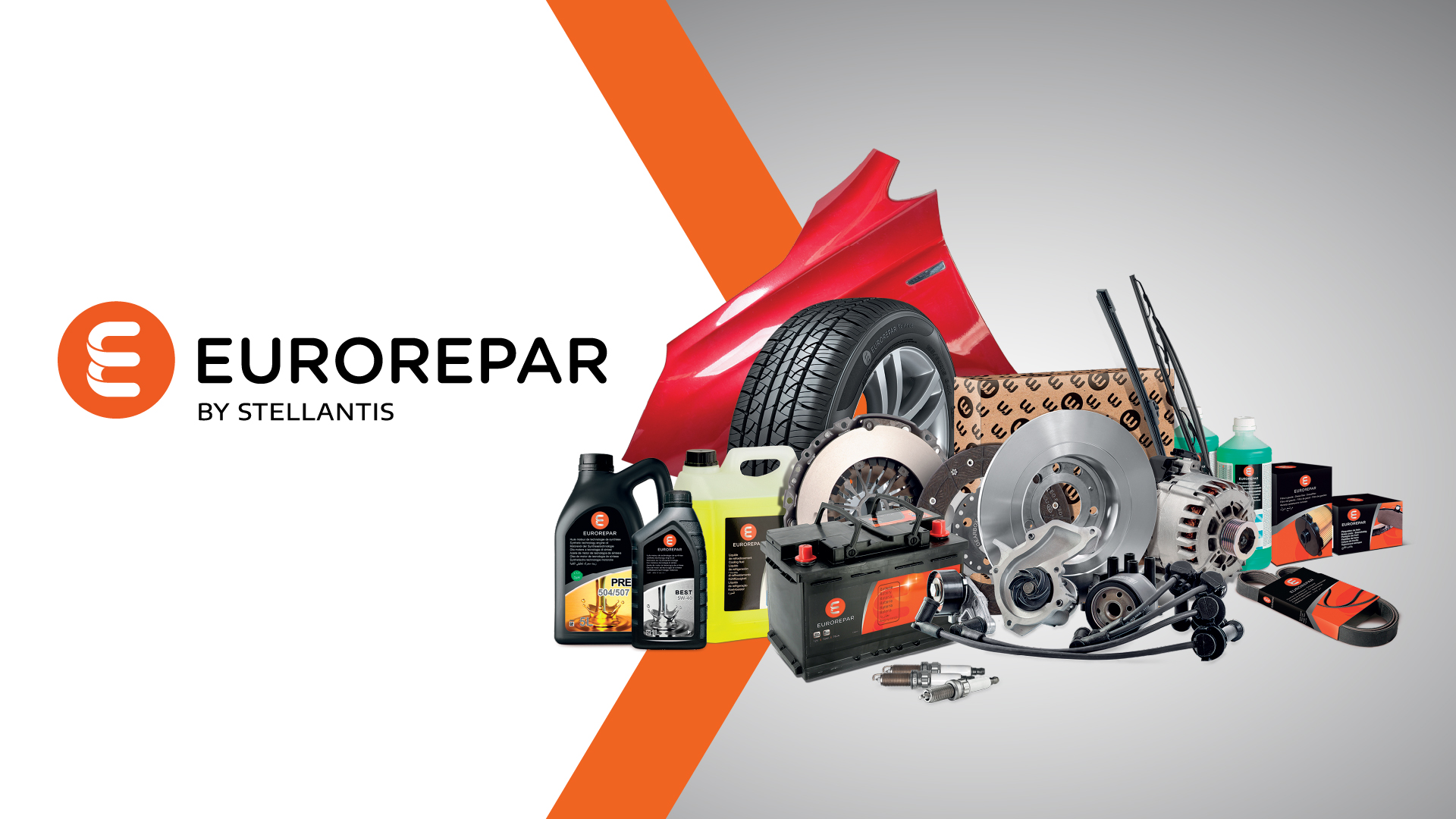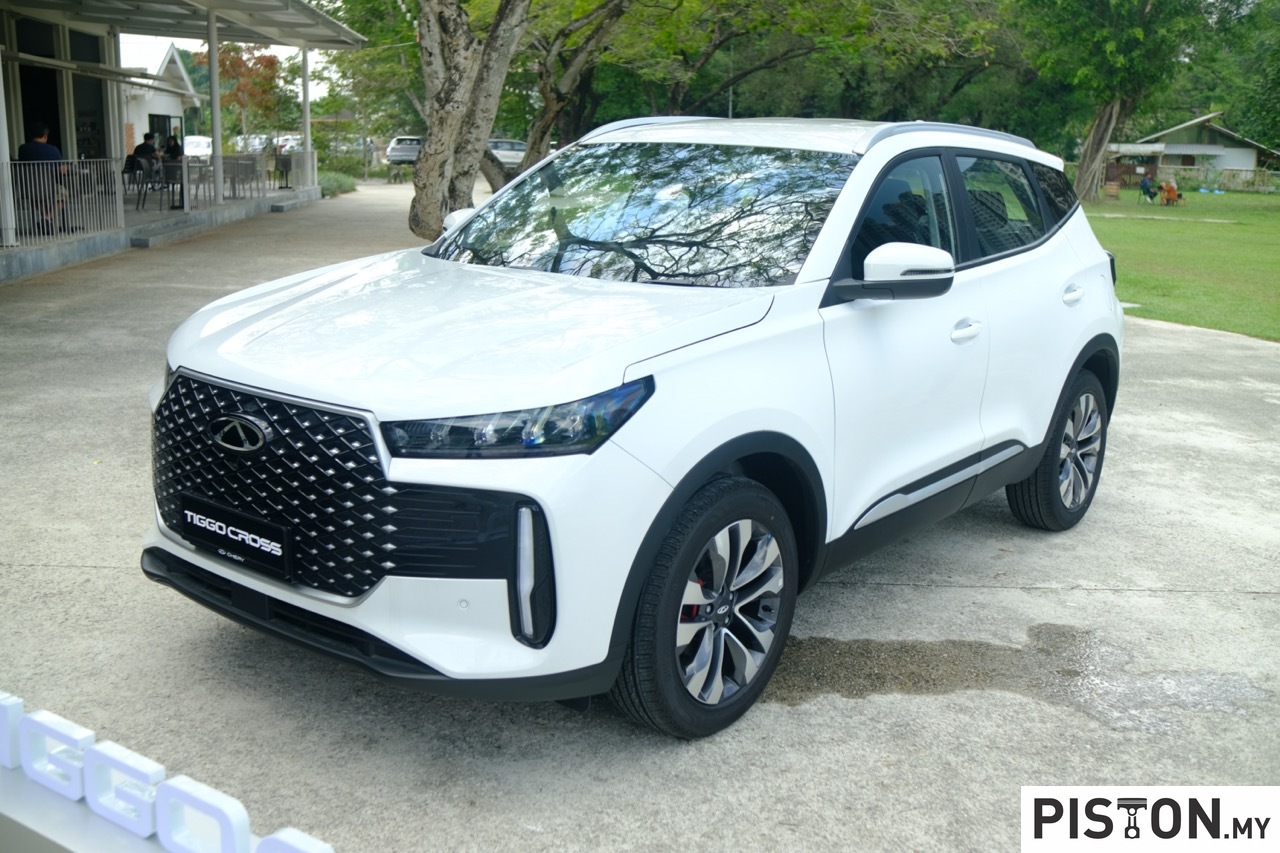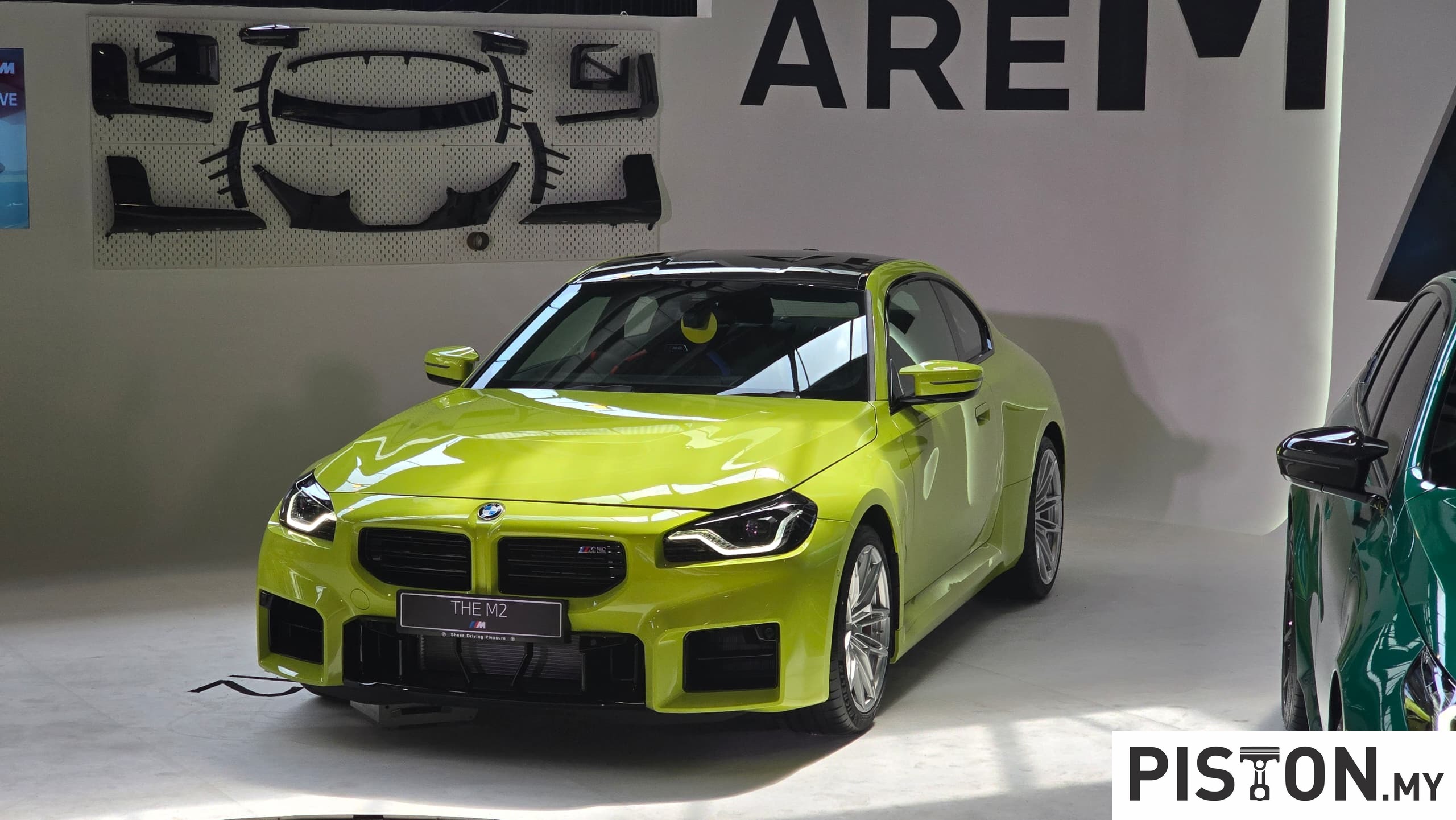Black is back, right? How black can the colour be? But there is one black finish which is uniquely black and BMW has chosen to use it on the third-generation X6 which will have its world premiere very soon. The finish is known as Vantablack VBx2 and is a nanostructure paint finish never before applied on a car.
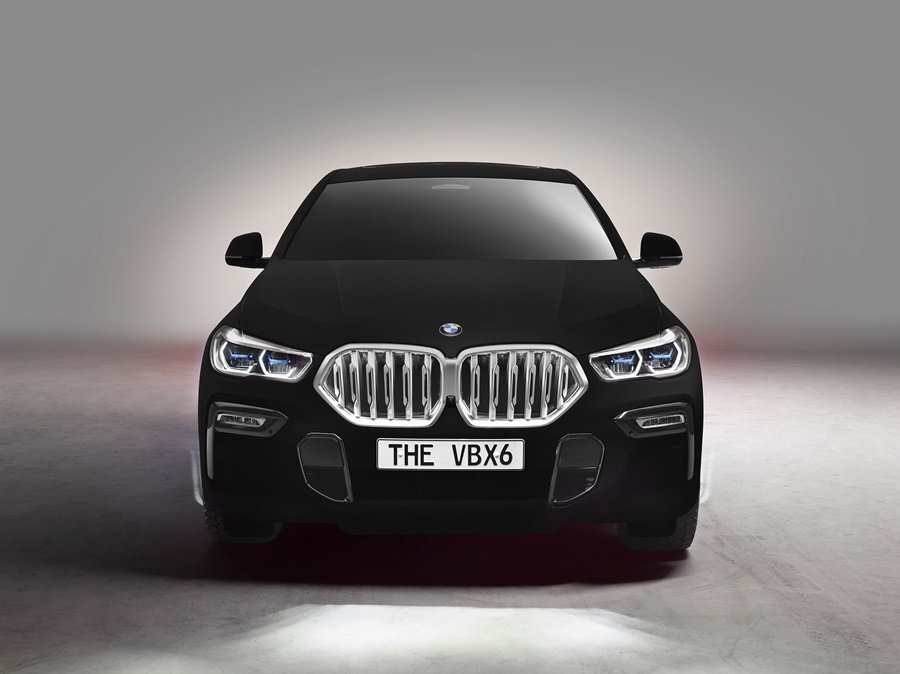
Exclusively for the launch of the X6, the one-off display model is the result of a collaboration between BMW and Surrey NanoSystems, the inventors of the Vantablack technology. The new X6 is the first and only vehicle in the world to feature a Vantablack VBx2 paint finish.
“We turned down numerous requests from various automobile manufacturers in the past,” explained Ben Jensen, Founder and Chief Technical Officer of Surrey NanoSystems. “It took the BMW X6 and its unique, expressive design for us to entertain the idea.” With design highlights like the optional Iconic Glow kidney grille, distinctive twin headlights and striking taillights, the new BMW X6 provides fascinating contrasts to offset the Vantablack VBx2 paint finish, which changes the viewer’s visual perception of an object’s three-dimensional shape.
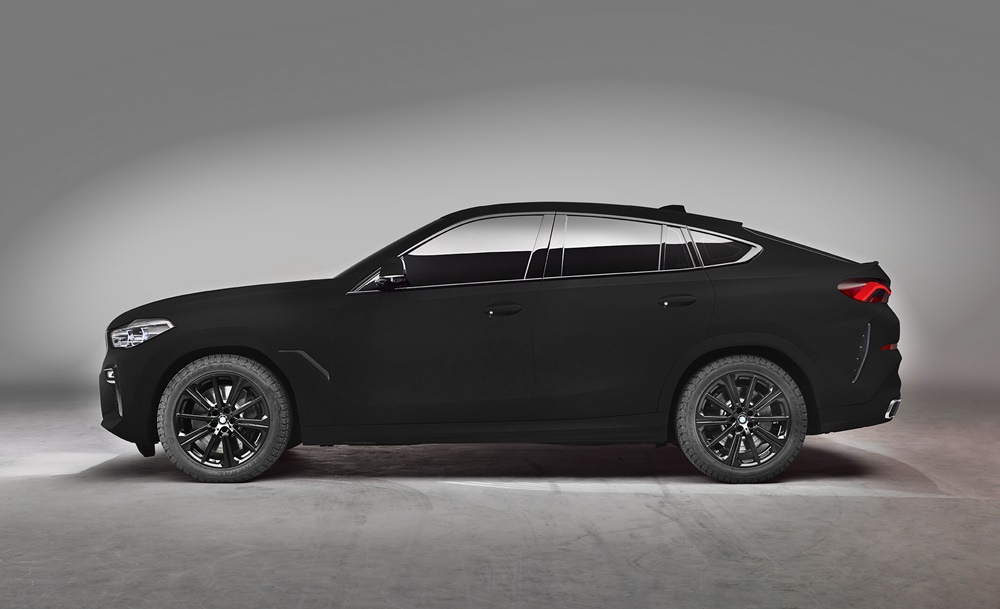
Vantablack looks two-dimensional
A surface coated in Vantablack loses its defining features to the human eye, with objects appearing two-dimensional. This can be interpreted by the brain as staring into a hole or even a void, making Vantablack a rather unsuitable vehicle paint finish as it blots out virtually all the design details and highlights.
For this reason, theX6 was coated in the VBx2 variant initially developed for use in architectural and scientific applications. This coating can be sprayed on and has a 1% total hemispherical reflectance (THR), meaning it is still considered ‘super black’ while enabling a small amount of reflection from every angle. Thus, materials painted with it seem to lose their three-dimensional appearance.
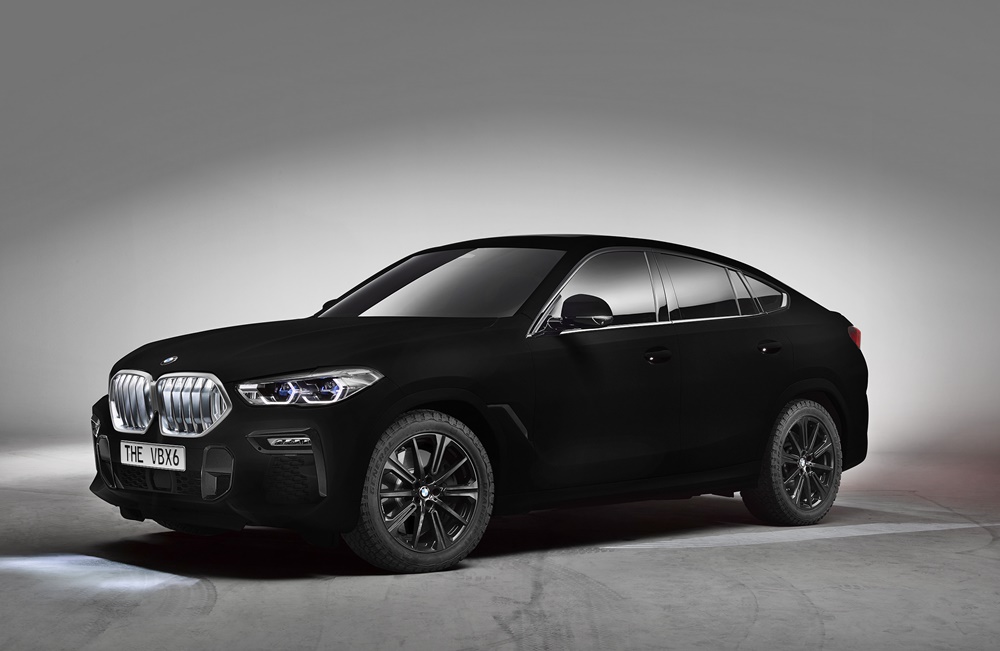
Developed for aerospace applications
The name Vantablack has already become synonymous with an entire range of extremely black coatings and paints such as VBx2. It contains an acronym of the technology enabling this superior black in its first two syllables, which stand for ‘Vertically Aligned Nano Tube Array’, a matrix made out of carbon. Each of these carbon nanotubes has a length of 14 to 50 micrometres, with a diameter of 20 nanometres, making it around 5,000 times thinner than a human hair. As a result, around a billion of these vertically aligned carbon nanotubes fit into one square centimetre. Any light striking this surface is almost completely absorbed rather than reflected, and effectively converted into heat.
This technology was initially developed for coating space-borne components. As Vantablack can be applied at temperatures from as low as 430 degrees C., it is suitable for delicate materials such as aluminium, and optical components coated in Vantablack enable observation of faint stars and distant galaxies that stray light from the sun makes difficult to detect. The first generation of Vantablack introduced by Surrey NanoSystems in 2014 absorbed up to 99.965% of light, almost completely eliminating reflectance and stray light.
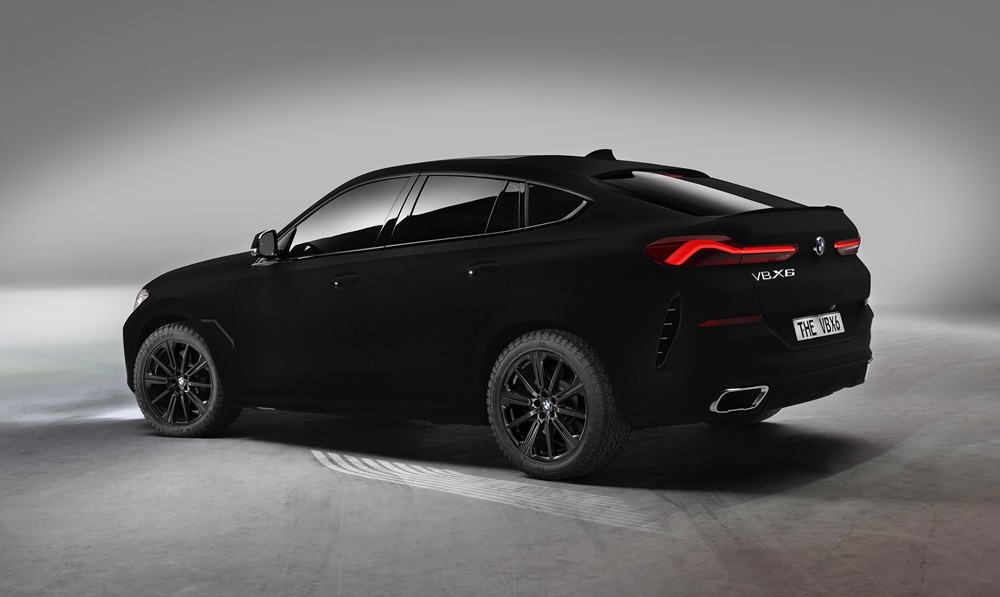
Future option for customers?
When asked if Vantablack VBx2 could become a regular paint finish option for customers buying a car in the future, Jensen said that it works really well on the new BMW X6, because of the size of the car, its distinctive shape, and how imposing it is. “But putting a paint like that on a conventional car lacking a distinctive design would probably detract from it in some way. In addition, developing a Vantablack VBx2 car paint durable enough for daily use is a huge technological challenge,” he explained.
However, Hussein Al Attar, Creative Director Automotive Design at Designworks and the designer responsible for the new X6, is keen to see it as an option. “BMW X6 drivers are among our most extrovert and free-spirited customers. If anyone were to opt for a Vantablack paint option, it would definitely be a BMW X6 driver!” he said.
Click here for other news and articles on BMW at PISTON.MY




